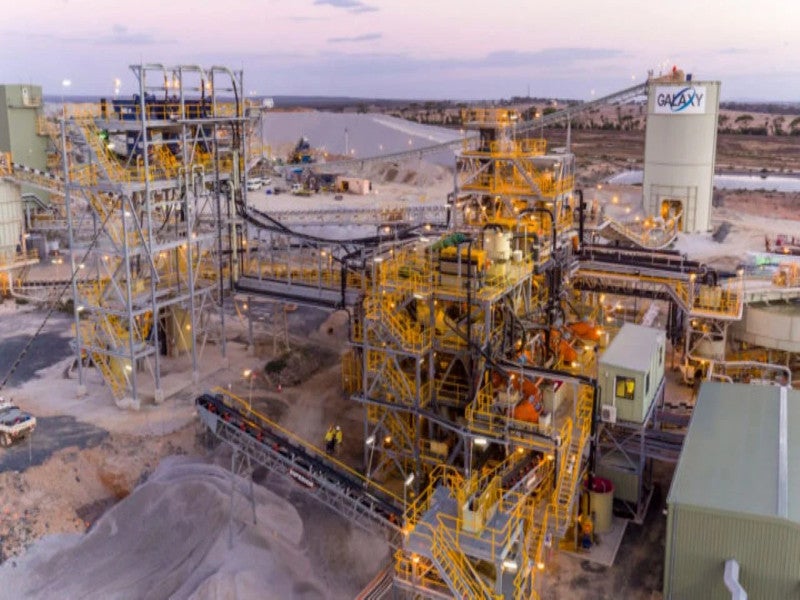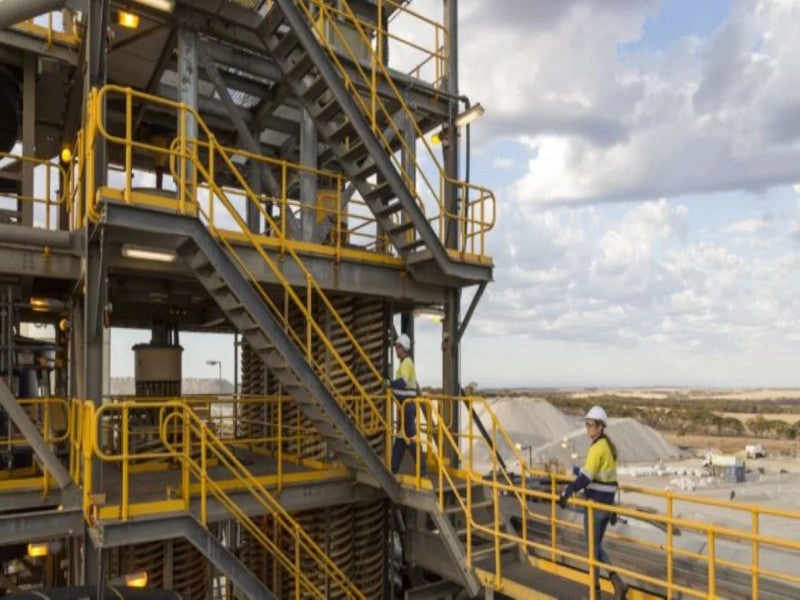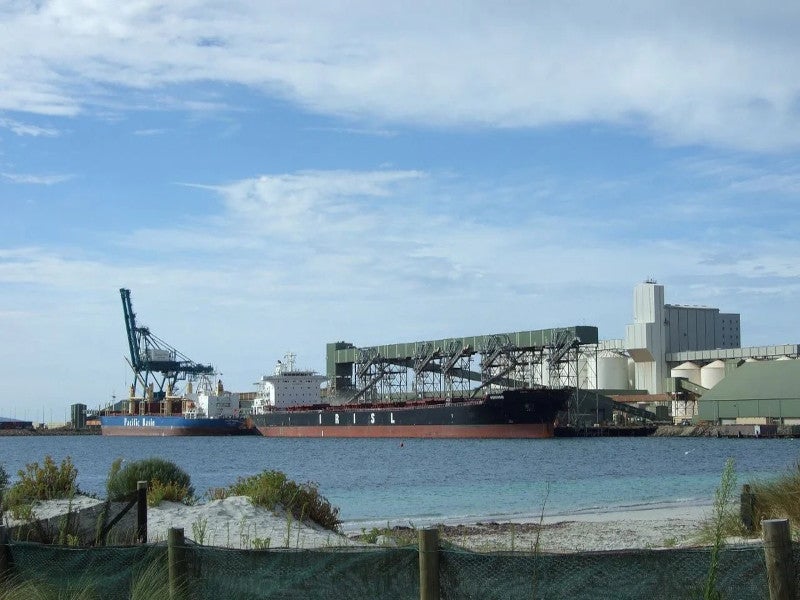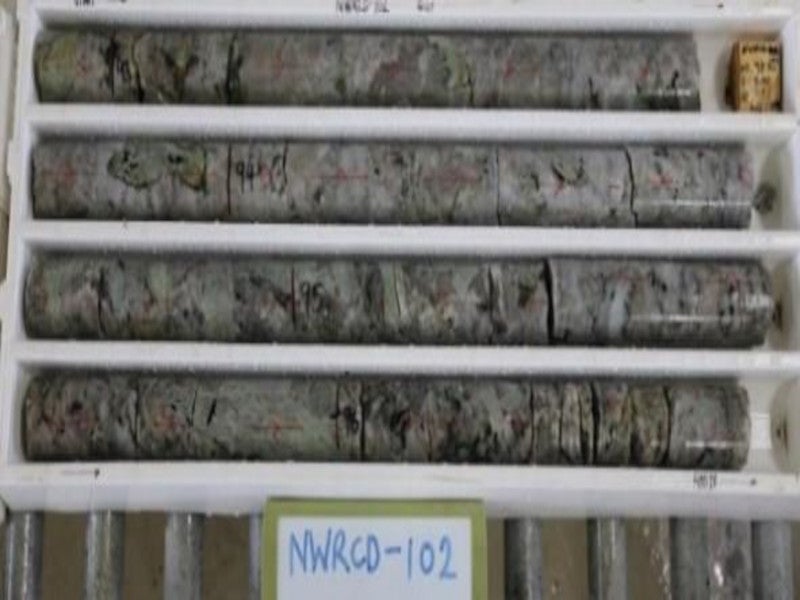The Mt Cattlin lithium project is an operating open pit mine located in Western Australia (WA).
The initial construction of the Mt Cattlin lithium mine began in November 2009 while mining activities commenced in late 2016.
The project was initially owned and operated Galaxy Resources until its merger with Orocober in August 2021.
Orocober changed its name to Allkem and later to Arcadium Lithium in January 2024 through an equal merger with Livent.
An updated technical report on the Mt Cattlin operations was completed in August 2023.
An underground feasibility study of the mine comparing optimised mining methods for economic benefits, is expected in 2024.
Approval for underground mining will be considered based on future potential.
Project location
The Mt Cattlin lithium project is located approximately 2km north of the town of Ravensthorpe near the south coast highway in WA.
The property sits on the mining lease M74/244, which encompasses an area of approximately 1,830ha.
Geology and mineralisation
The project is situated within the Annabelle Volcanics of the Archaean age, which include metamorphosed mafic to intermediate tuff, agglomerate, and related epiclastic rocks.
It is located just west of the Manyutup Tonalite.
The lithium-rich pegmatites are found in the form of subhorizontal sills surrounded by volcanic and intrusive rocks.
Lithium and tantalum mineralisation is primarily confined to these pegmatites.
Mt Cattlin lithium project reserves
The proven and probable mineral reserves at Mt. Cattlin were estimated at 7.1 million tonnes (t) grading 1.2% of lithium oxide (Li₂O) and 120ppm of tantalum pentoxide (Ta₂O₅), as of June 2023.
The contained metal is estimated to be 84,000t of Li₂O and 1.9 million pounds of Ta₂O₅.
Mining method
The Mt Cattlin mine operations currently involve a conventional open-pit mining method of drilling, blasting, and hauling using backhoe excavators and rear dump rigid trucks.
The drilling and blasting are performed in 10m-high benches while the mining operations are carried out on 2m to 2.5m flitches.
The original main pit of the Cattlin mine known as the Dowling Pit, and the Southwest and the Southeast pits have been mined out.
The three pits are currently used for waste backfill.
Stage three of the 2NW pit is currently being mined and stage four is estimated to have two separate cutbacks.
The first cutback has received approval, which will result in continued spodumene production into 2026.
The mining fleet consists of 360t excavators, 140t and 90t trucks, water carts, blasthole drill rig, and mobile power units.
Ore processing
The run of mine ore undergoes crushing in a single-toggle jaw crusher and secondary cone crusher and tertiary crushers.
The tertiary crusher product comprising +710µm material is sent to the coarse spiral concentrators while the -710µm material is pumped to deslimes cyclones before being fed to the fines spiral concentrators.
The concentrate from both coarse and fines spirals enters a Wilfley Shaker table where the tantalite product is further separated for bagging and dispatch.
The waste material from the coarse spirals reaches the ultrafine circuit for further Li₂O recovery.
The coarse spirals waste is pumped to the wet high-intensity magnetic separator. The magnetic material in the waste is sent to rejects, whereas the non-magnetic material is transferred to a reflux classifier to remove mica.
A screw feeder dewaters the classifier underflow and feeds it to the ultrafine dense media separation (DMS) feed bin.
The ultrafine DMS feed is mixed into a ferrosilicon slurry, which is then pumped through the ultrafine DMS cyclone cluster.
The resultant product is an underflow of spodumene concentrate from which ferrosilicon is recovered via sieve bends followed by magnetic separation. The spodumene-containing concentrate is sent to the second stage of DMS cyclones to further upgrade the product by removing basalt.
The spodumene product from the secondary DMS undergoes wet screening and the +8mm material is fed to the optical sorter to further remove basalt and produce the final spodumene concentrate.
The final product is drained and loaded into trucks and hauled by road via the South Coast Highway to Esperance Port for bulk shipment to customers.
Site infrastructure
The transport route from Perth to Mt Cattlin is via Brookton Highway, which covers a distance of 540km, or the Albany and South Coast highways, which span 690km.
Power for the site is provided by a 7MW diesel generation power plant, which supplies electricity to meet the site’s needs through an onsite power distribution system.
The raw water needs of the processing plant are met from water bores located on the tenements. An adjacent dam is located near the processing plant to receive the raw water from the bores via pipelines.
Site process water is sourced from the Northeast pit and then is pumped to the process plant.
Off-take agreements for spodumene concentrate at Mt Cattlin
The spodumene concentrate from Mt Cattlin operations is sold to Chinese companies Yahua Lithium and Sichuan Chengtun Lithium.
The offtake agreement with Yahua Lithium is for the supply of 120,000 tonnes per annum (tpa) for a five-year period between 2021 and 2025 while the three-year agreement with Chengtun Lithium was for 60,000tpa between 2021 and 2023.
Contractors involved
Mining Plus, a mining services provider, was engaged in 2023 to prepare a technical report for the Mt Cattlin operations.
Australia-based freight and cargo transportation services provider Qube Logistics was contracted to transport the spodumene concentrate from the Mt Cattlin mine to the Esperance Port.







